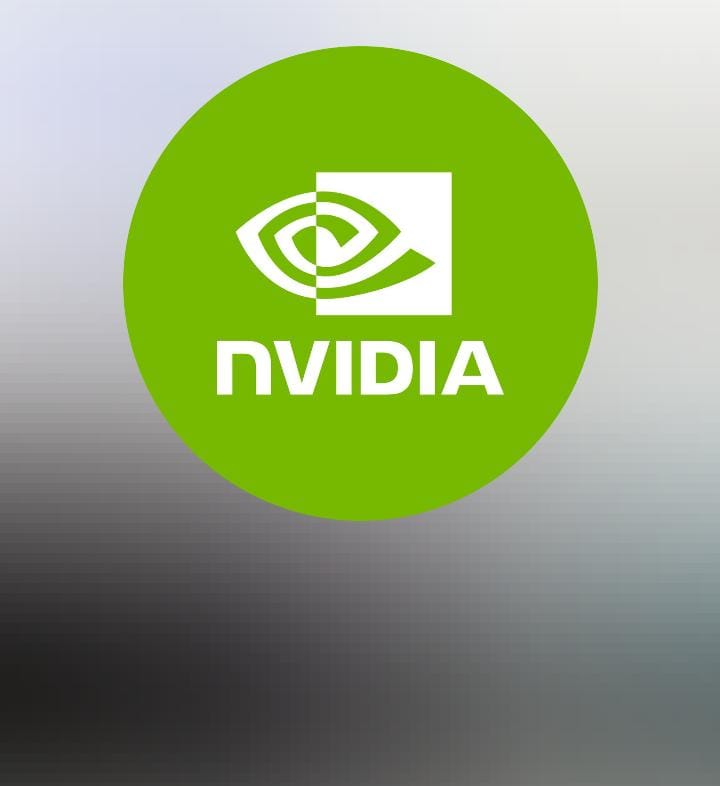
NVIDIA, known primarily for its graphics processing units (GPUs), has established itself as one of the most influential companies in the global tech industry. Founded in 1993 by Jen-Hsun Huang, Chris Malachowsky, and Curtis Priem, NVIDIA has evolved from a gaming hardware provider to a leading innovator in artificial intelligence (AI), deep learning, cloud computing, and high-performance computing. Over the years, NVIDIA’s products and technologies have revolutionized multiple industries, making the company a key player in both gaming and AI-driven sectors.
This article provides an in-depth exploration of NVIDIA, its core business, latest innovations, and its significant impact on markets like AI, gaming, and data centers.
History of NVIDIA
NVIDIA was founded in 1993 with the goal of building graphics chips for video games. The company first gained prominence with its RIVA series of graphics cards in the 1990s, but it was the launch of the GeForce GPU in 1999 that propelled NVIDIA into the global spotlight. The GeForce product line became a cornerstone of the gaming industry, offering superior performance for PC gamers.
In the early 2000s, NVIDIA diversified its offerings and began focusing on the rapidly emerging parallel computing market. The introduction of the CUDA (Compute Unified Device Architecture) platform in 2006 allowed developers to use NVIDIA GPUs for general-purpose computing tasks, further extending the company’s reach beyond just gaming.
Key Milestones in NVIDIA’s History:
- 1999: Release of GeForce graphics card, marking a pivotal moment for NVIDIA in the gaming space.
- 2006: Launch of CUDA, enabling GPUs for high-performance computing.
- 2011: Introduction of the Tesla series for scientific computing.
- 2016: Release of the NVIDIA DGX-1, designed for deep learning applications.
- 2019: NVIDIA acquires Mellanox Technologies, expanding its influence in networking and data center technology.
NVIDIA’s Core Businesses
NVIDIA’s current operations are centered around four key business segments: Gaming, Data Center, Professional Visualization, and Automotive. In each of these segments, the company has pioneered innovative technologies that are setting the stage for the future of computing.
1. Gaming: Revolutionizing the Gaming Industry
NVIDIA’s GeForce line remains the most popular GPU choice for gamers worldwide. The company’s GPUs are a crucial component of high-performance gaming rigs, offering superior graphics rendering, ray tracing, and AI-driven gaming experiences.
GeForce RTX GPUs:
NVIDIA’s GeForce RTX series, launched in 2018, brought real-time ray tracing to the mainstream. This technology enables more realistic lighting, reflections, and shadows, transforming how games look and feel. The RTX 30 Series, introduced in 2020, further cemented NVIDIA’s leadership in the gaming market with performance improvements and better energy efficiency.
NVIDIA DLSS (Deep Learning Super Sampling):
Another key innovation for gamers is DLSS, which uses AI to improve frame rates while maintaining image quality. DLSS has been a game-changer for titles that require intense graphical processing, allowing them to run smoothly on lower-end hardware.
2. Data Center: The Future of AI and Deep Learning
NVIDIA has expanded its business beyond gaming into data centers and AI-driven solutions. The company is now one of the leading providers of AI infrastructure worldwide, with GPUs that accelerate workloads for deep learning, machine learning, and high-performance computing.
NVIDIA A100 Tensor Core GPUs:
The A100 is a part of NVIDIA’s Ampere architecture, which offers breakthrough performance for AI, machine learning, and high-performance computing (HPC) workloads. It is widely used in data centers for applications like cloud-based AI, predictive analytics, and autonomous vehicles.
NVIDIA DGX Systems:
NVIDIA’s DGX Systems are AI supercomputers designed for large-scale AI research. These systems are tailored for industries like healthcare, finance, and automotive, enabling rapid development and deployment of AI models.
NVIDIA and the AI Revolution
NVIDIA’s commitment to AI and deep learning has been central to the company’s recent success. The company’s GPUs are essential for powering AI applications in fields like healthcare, robotics, autonomous driving, and natural language processing.
AI in Healthcare:
NVIDIA’s Clara platform is transforming the healthcare industry by using AI for medical imaging, drug discovery, and personalized treatment. NVIDIA GPUs are capable of analyzing massive datasets, allowing healthcare professionals to make more accurate predictions and speed up research.
Self-Driving Cars:
Through its NVIDIA DRIVE platform, the company is shaping the future of autonomous vehicles. The platform combines AI, machine learning, and deep learning to provide real-time analysis and decision-making for self-driving cars.
NVIDIA DRIVE AGX:
The DRIVE AGX is a powerful AI computer that enables autonomous vehicles to process data from cameras, radar, and lidar sensors. It allows vehicles to make real-time decisions to ensure safety and efficiency on the road.
NVIDIA’s Semiconductor Leadership: GPUs, CPUs, and Beyond
While NVIDIA is best known for its GPUs, the company is rapidly diversifying its offerings in the semiconductor space, particularly with its push into central processing units (CPUs).
NVIDIA ARM Acquisition:
In 2020, NVIDIA announced its intention to acquire ARM Holdings, a key designer of mobile and embedded semiconductors. This acquisition, which is still pending regulatory approval, is set to reshape the semiconductor landscape by enabling NVIDIA to create custom chips for everything from smartphones to data centers and AI systems.
ARM’s low-power architecture is ideal for creating chips that are not only efficient but also scalable for a wide range of devices. If successful, this acquisition could allow NVIDIA to control more of the semiconductor supply chain, giving it a competitive edge in the AI and IoT markets.
NVIDIA Stock: Financial Performance and Market Outlook
As of 2025, NVIDIA’s stock continues to experience strong growth, reflecting the company’s expansion into AI, data centers, and gaming. The company’s revenue and profit margins have surged due to its leadership in the rapidly growing fields of cloud computing, artificial intelligence, and GPU-powered technologies.
NVIDIA’s Financial Performance :
NVIDIA’s stock price has remained resilient, reflecting market confidence in its ability to lead the future of computing. The company is expected to continue seeing strong growth as it expands into new markets and develops innovative products.
Challenges and Competition
While NVIDIA enjoys market leadership, it faces competition from various companies, particularly in the AI and semiconductor sectors. Some of its competitors include:
- Advanced Micro Devices (AMD): A rival in the GPU market, particularly in gaming and high-performance computing.
- Intel: Competing in the CPU space and working on AI-powered solutions.
- Qualcomm: Focused on mobile semiconductors, including chips for AI and 5G technologies.
- Broadcom: Competing in networking chips, with applications in data centers and AI infrastructure.
NVIDIA’s continued success depends on its ability to maintain its leadership in the GPU market while simultaneously diversifying its offerings in AI, autonomous driving, and cloud computing.
Conclusion: NVIDIA’s Future in AI and Beyond
NVIDIA’s future is closely tied to the growth of artificial intelligence, machine learning, and high-performance computing. The company’s GPUs continue to drive innovation in gaming and data centers, and its leadership in AI infrastructure is setting the stage for future advancements across industries.
With its potential acquisition of ARM and its relentless push into new markets, NVIDIA is poised to remain a dominant force in the semiconductor and AI industries. For investors and technology enthusiasts, NVIDIA represents a company at the forefront of the digital revolution, shaping the future of computing and AI for years to come.



